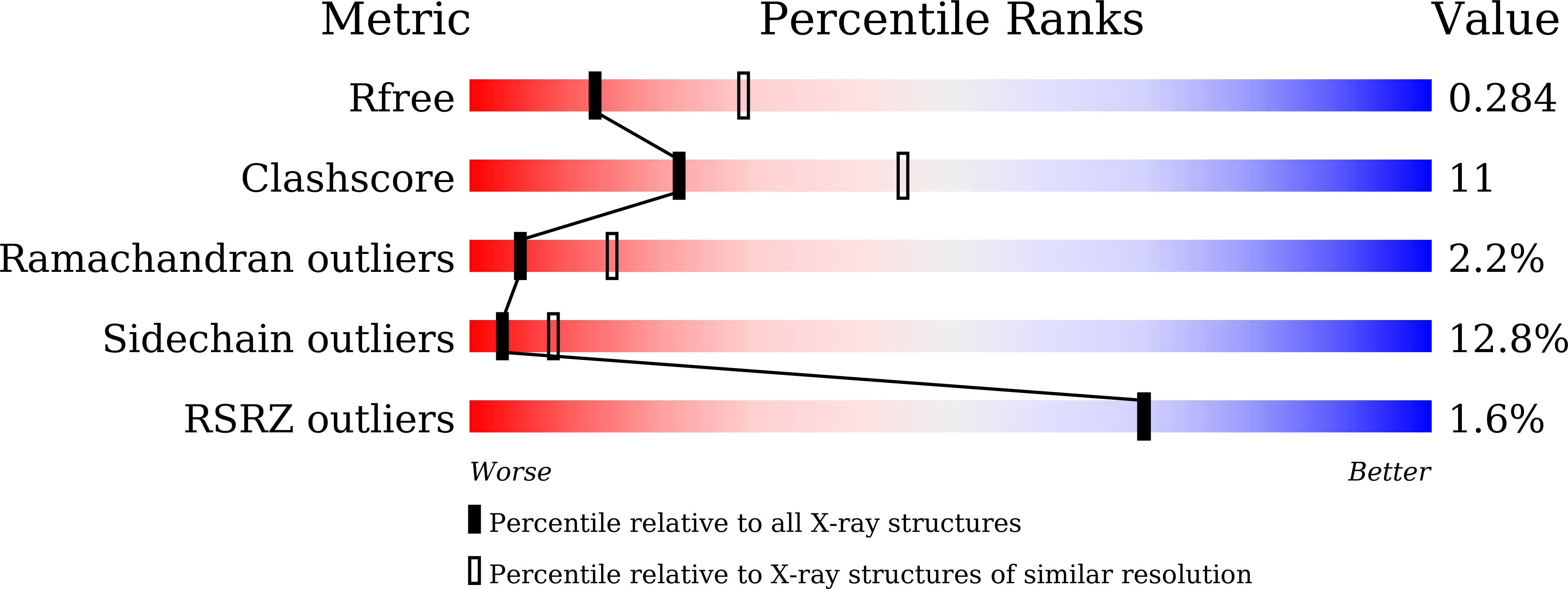
Deposition Date
2024-04-26
Release Date
2025-03-19
Last Version Date
2025-03-19
Entry Detail
Biological Source:
Source Organism:
Burkholderiales bacterium (Taxon ID: 1891238)
Host Organism:
Method Details:
Experimental Method:
Resolution:
2.69 Å
R-Value Free:
0.28
R-Value Work:
0.22
R-Value Observed:
0.22
Space Group:
P 65


